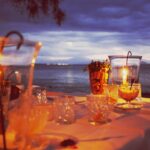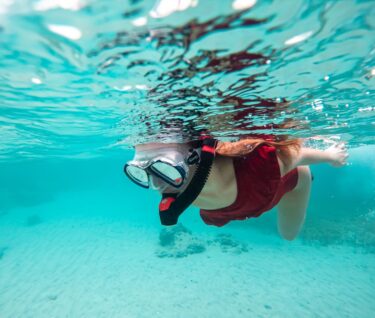
Best Snorkeling and Diving Spots in Puerto Rico
With over 482km (300 miles) of gorgeous coastline—facing the Atlantic Ocean and Caribbean Sea—Puerto Rico offers an incredible diversity of snorkeling and diving experiences.
From the pristine islands of Vieques and Culebra to the protected waters of Tres Palmas and La Parguera, Puerto Rico offers incredible snorkel and diving opportunities for every age and skill set. Colorful coral reefs, epic sea walls, 100-ft. (30-m) trenches, “swim through” caves and coral-encrusted walls provide a haven for a fantastical array of marine life. At reef-protected beaches and mangrove islands, there’s rewarding snorkeling just a short swim from the shoreline. Mona Island and Desecheo Island—dubbed the “Galápagos of the Caribbean” for their rare endemic species—remain the preserve of experienced divers.
1. La Parguera Snorkeling

Dipping its toes in the Caribbean Sea, Puerto Rico’s Southwest Coast boasts picturesque beaches, mangrove islands, salt marshes and a healthy coral reef surrounded by calm, turquoise waters. Home to thriving populations of dolphin, barracuda and turtle, La Parguera Nature Reserve is one of the most biologically diverse ecosystems in Puerto Rico. The most rewarding snorkeling and diving sites require a boat or kayak and are best explored with a recommended outfitter. At over 35km (22 miles) long and with depths up to 1,500 ft. (457m), “The Wall” at Parguera is a pilgrimage site for seasoned divers. Eight kilometers (5 miles) offshore, this glorious expanse of coral formations and outer reef platforms supports a profusion of sea life—turtles, reef shark, barracuda, dolphin and manta ray. The wall is famed for its exceptional visibility: from 100–120 ft. (30-37m).
2. Tres Palmas Marine Reserve
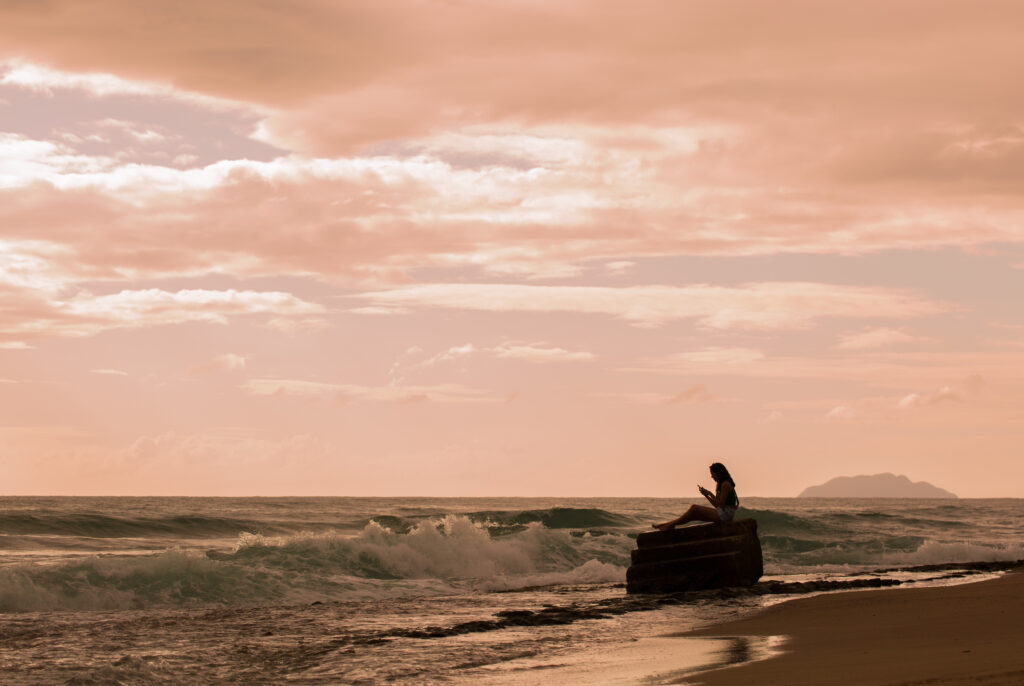
Facing the turbulent Atlantic, the northwest coast is a mecca for surfers lured to epic (up to 30 ft.) waves during the winter. Calmer, crystalline waters during the summer transform the region’s beaches into a snorkeling playground. One of Puerto Rico’s crown jewels, Tres Palmas Marine Reserve preserves all seven endangered coral species, as well as schools of angelfish, moray eel, striped grunt, spiny lobster, sea turtle, leatherback turtle, whale and dolphin. Tres Palmas comprises three beaches: Step’s Beach, Dogman’s Beach and Little Malibu Beach. At Step’s Beach, thickets of the world’s healthiest formations of rare elkhorn coral provide a rich food source for myriad fish and invertebrates.
3. Gilligan’s Island
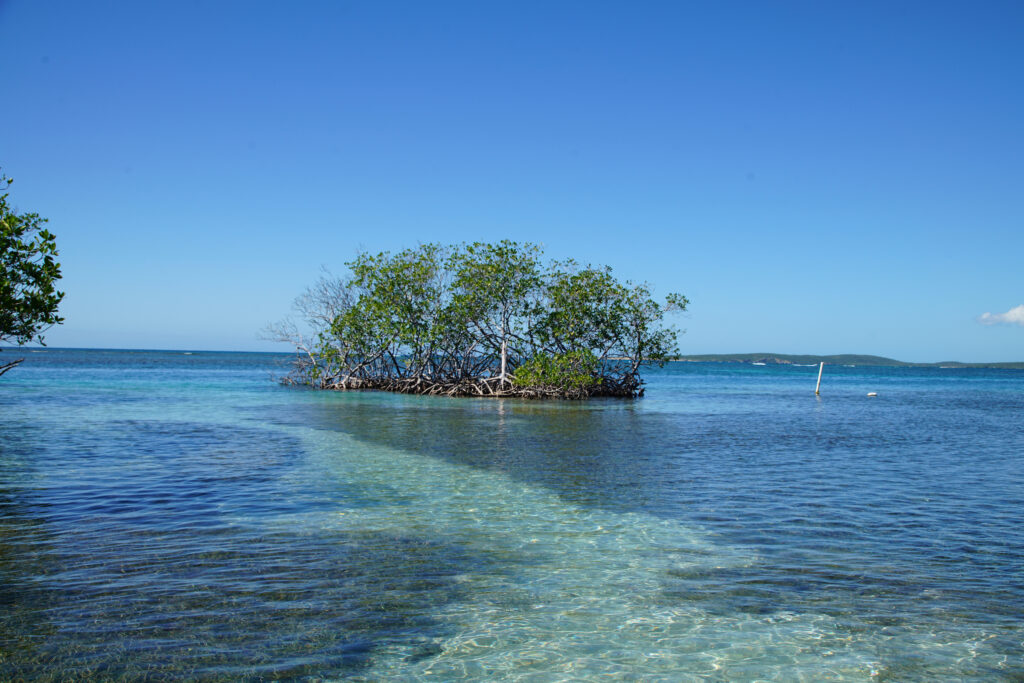
Shallow, gin-clear waters, healthy coral, few visitors (during the week) and magical underwater life, Gilligan’s is one of the top family-friendly snorkeling destinations in the Caribbean. With a slow-moving current and kaleidoscopic schools of tropical fish, it’s a wonderful initiation into snorkeling. Families can rent kayaks from the marina and explore the two neighboring islets that make up Cayos de Caña Gorda, or cruise along serene mangrove channels. With no riptides, you can comfortably swim the perimeter of the island. To reach Gilligan’s, it’s a 10-minute ferry ride from Guánica, or you can kayak over from the mainland in around 30 minutes.
4. Culebra
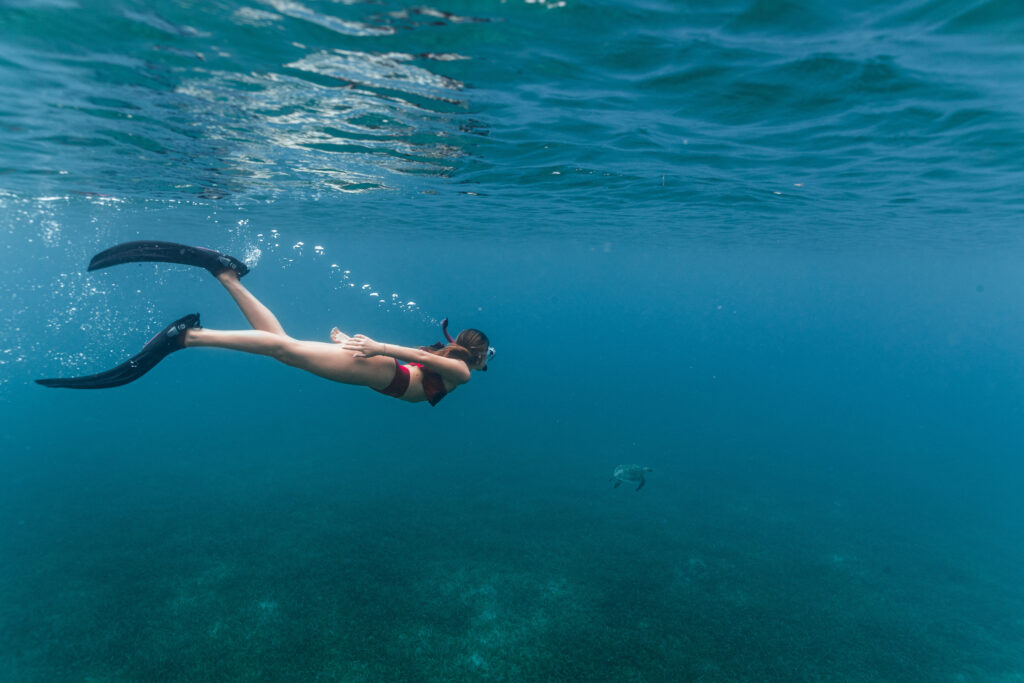
Just off Puerto Rico’s east coast, the tiny island of Culebra draws snorkelers and divers to its untouched mangrove-laced beaches and the protected reefs of Luis Peña Natural Reserve. The island’s most prized snorkeling sites lie on the Northwest Coast—Flamenco Beach, Carlos Rosario and Tamarindo Beach—where you can float among large groupers, colorful reef fish, turtles and moray eels. For instant gratification it’s hard to beat Tamarindo where captivating snorkeling is possible right off the beach. To explore Carlos Rosario, you’ll need to hike from Flamenco Beach or sign up with a local tour operator and access the site by boat. PADI certified divers can explore more than 40 dive sites that are scattered offshore. If you’re in Culebra for just a few hours, and keen to escape the crowds, head to Melones Beach, a short walk from Tamarindo. At the right side of the beach, a coral reef garden teems with tropical fish.
“If you go snorkeling at Melones Beach, keep a look out for Carey, the local Caribbean turtle.”
5. Vieques
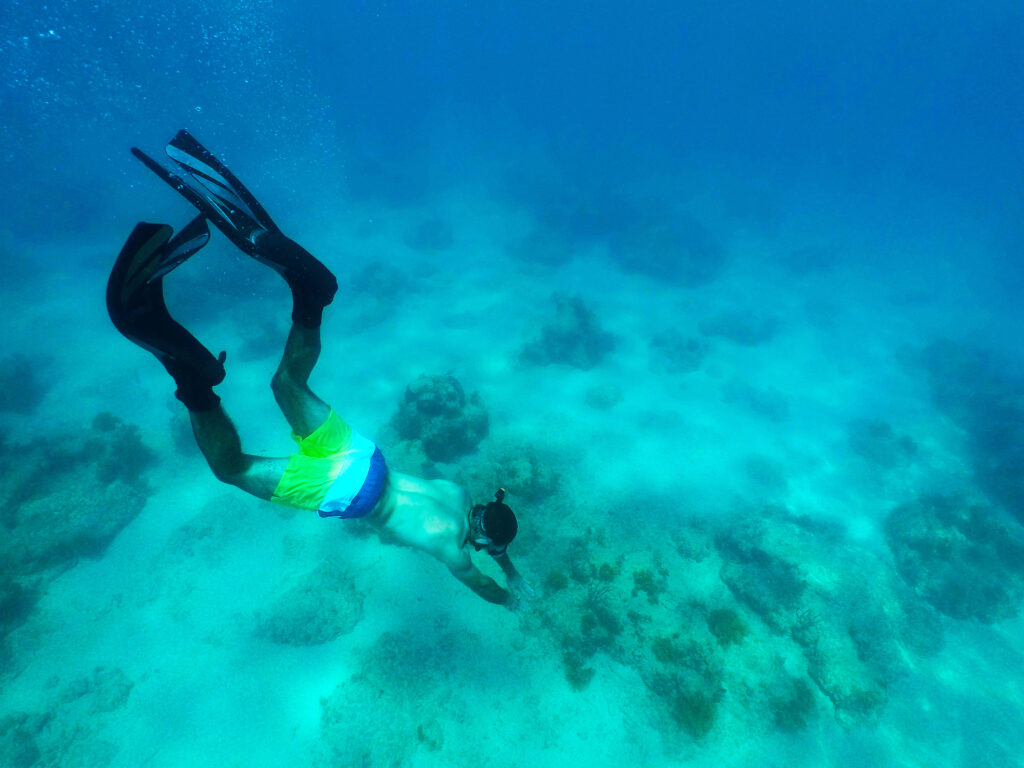
Protected by the Vieques Wildlife Refuge, Vieques’s crystalline waters deliver some of Puerto Rico’s most enthralling and family-friendly snorkeling experiences. Vieques is known for its sightings of green sea turtles and spotted eagle rays. Along the South Coast, Blue Beach—known locally as Bahía de la Chiva—is a dreamy stretch of sugary white sand lapped by placid waters. With excellent visibility, it’s one of the best places to swim with turtles and southern stingrays carousing the seagrass. On the north coast, the former military pier of Rompeolas-Mosquito is another storied site. The pier was built in 1941 to connect Vieques with the mainland of Puerto Rico; the plan was abruptly abandoned in 1943. Today, coral-covered beams and pillars provide a haven for marine life, such as turtles, starfish, sea urchins and vibrant tropical fish.
6. Desecheo Island
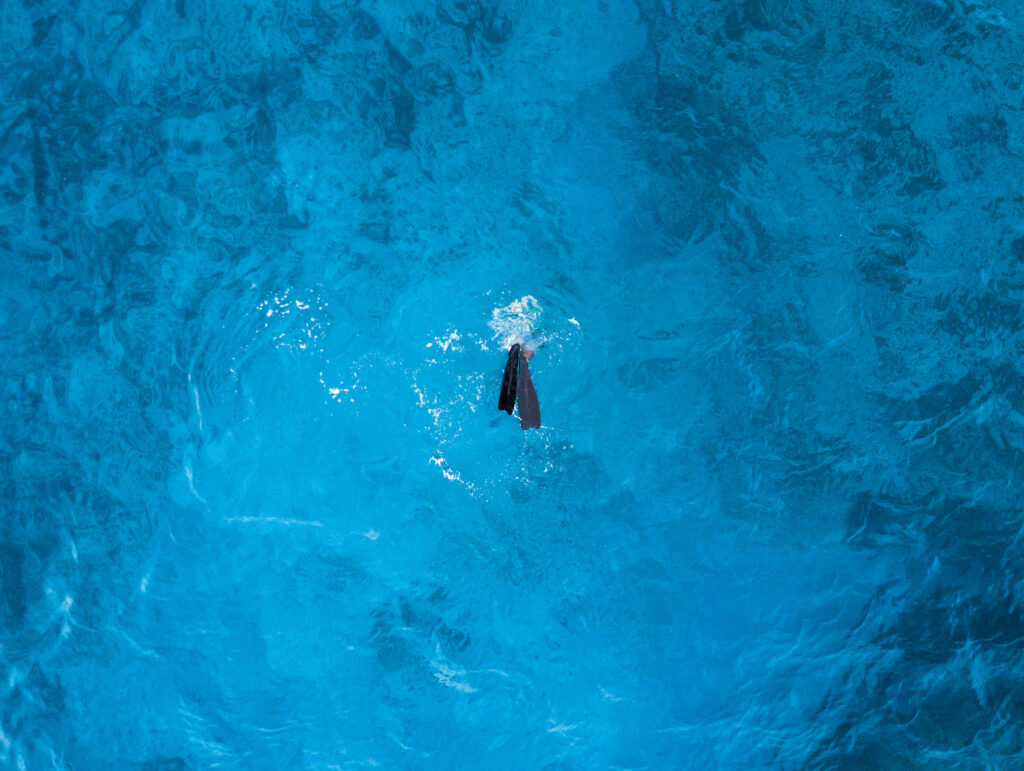
A remote island fantasia, Desecheo lies 22km (14 miles) offshore from Rincón, on the West Coast. Hailed as the Caribbean’s “Galápagos,” this rugged island is a protected wildlife refuge and marine reserve for its rare endemic species. For seasoned scuba divers, Desecheo ticks all the boxes for a bucket-list destination. The marine life is incredible—leatherback turtles, green turtles, spotted stingrays—the visibility is about as good as it gets, the turquoise water is near transparent and there are more than 20 dive sites to explore.
Famed among pro divers worldwide, “Candyland” is named for its brilliant profusion of coral—boulder, star, brain and pillar. Frequently spotted denizens include parrotfish, angelfish, butterflyfish, black triggerfish and trumpetfish. At Las Cuevas, there are caverns and caves that offer experienced divers sought-after “swim throughs” at depths of 15 feet.
Note that it’s prohibited to step foot on Desecheo. During World War II, the U.S. military acquired the island and used it as a bombing range.
7. Mona Island
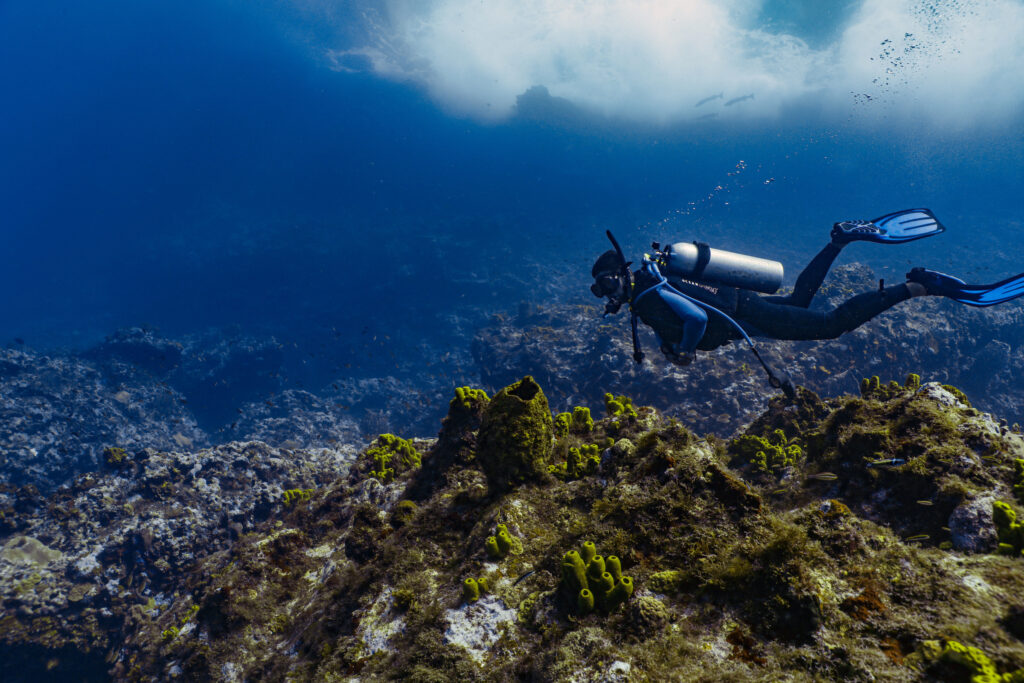
Some 80 km (50 miles) off the West Coast—best accessed from Mayagüez— uninhabited Mona Island entices expert divers. It’s hard to reach (a rough, 6-hour boat ride), there are no amenities on land (even water needs to be brought in), you need to obtain a permit and it’s costly. But, as one of the world’s top diving destinations, the rewards are immense. The live-aboard boat experience provides access to pristine, unspoiled reefs which host a dazzling cast of (normally elusive) sea life. Visibility for divers can extend 150 ft. (45m) at depths averaging 80 ft. (24m). During the winter, you can often spot dolphins and humpback whales.
Did you pick one to visit yet?
We get it. These beaches are amazing and it’s hard to choose one, especially if you have limited time on the island. Use this map (and save it!) to find out which beach is closest to your stay.
